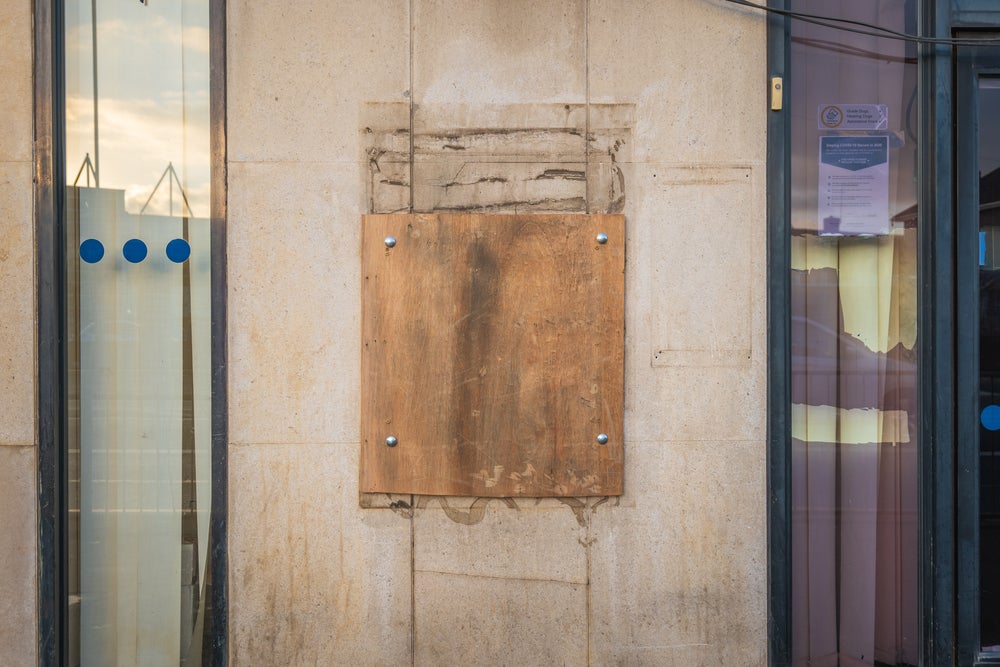The Brazilian market’s openness to competition and its well-developed financial infrastructure makes it one of the most promising payment card markets in Latin America. Consequently, the country has attracted both regional and international banks and card issuers
In 2014, the Brazilian payment card market accounted for significant 60.3% and 60.9% shares of Latin America’s transaction value and volume respectively. A tradition of technological development and a huge population eager to embrace new technology were instrumental in the development of the country’s payment card market during the review period.
Government policy driving growth in electronic payments
Despite the country’s economic progress, cash is still the primary payment instrument, as consumers – especially in rural areas – still do not have access to basic financial services. However, payment cards are gradually emerging as a substitute for cash, as the government and banks begin to provide basic financial access to the unbanked population. This includes the government’s policy for financial inclusion, the expansion of banking infrastructure in rural regions, and the appointment of banking correspondents.
The central bank has simplified the process of opening bank accounts, making access to basic banking products such as current accounts and debit cards easier. Accounts can be opened by individuals free of charge in government-owned banks, with no maintenance fee charged. Furthermore, the government introduced the Bolsa Familia programme to help low-income families. Through the programme, social security benefits are disbursed by direct fund transfers, which can be withdrawn using a payment card linked to users’ bank accounts.
Heavy use of credit cards resulted in growing outstanding balances
How well do you really know your competitors?
Access the most comprehensive Company Profiles on the market, powered by GlobalData. Save hours of research. Gain competitive edge.

Thank you!
Your download email will arrive shortly
Not ready to buy yet? Download a free sample
We are confident about the unique quality of our Company Profiles. However, we want you to make the most beneficial decision for your business, so we offer a free sample that you can download by submitting the below form
By GlobalDataIn the last ten years, the Brazilian credit card market has recorded robust growth in terms of the number of cards in circulation, and transaction value and volume, supported by high consumer spending.
Credit cards have traditionally been most commonly used by high-income consumers, but more recently they have become status symbols for the low- and middle-class populations, which then started to apply for credit cards and loans that were previously out of reach.
Banks lowered underwriting standards to encourage these consumers, making credit easily available through credit cards and attractive instalment plans to finance purchases such as new cars.
Over the forecast period, the Brazilian credit card market is anticipated to get tougher as card debt rises. To curb the rising incidences of payment default, the BCB raised minimum payments and increased capital requirements for long-term consumer loans with effect from June 2011.
Despite these regulations, the overall credit card outstanding balance grew from $93.1bn (BRL163.9bn) in 2010 to $146.0bn in 2014. The average outstanding balance per credit card grew from $569.6 in 2010 to $571.9 in 2014. However, these figures are still low in comparison to other developed markets.

M-payments set to shift the cards and payments industry’s dynamics
Mobile penetration in Brazil increased from 100.6% in 2010 to 133.5% in 2014, and is anticipated to increase further to 153.1% in 2019. Despite this, m-payments have been relatively slow to take off. However, this is set to change over the forecast period, as the government approved a bill in October 2013 giving the BCB authority to regulate m-payments.
This is expected to encourage m-payments and reduce the use of cash, especially among the unbanked and rural populations. A growing young population, favourable economic conditions and government support to encourage m-payment initiatives should lead to growth in the m-payments market.
In May 2015, Visa was involved in a near-field communication (NFC) pilot with Oi and Banco do Brasil, enabling users to connect Visa-branded Banco do Brasil cards to contactless SIM cards in their smartphone via an Oi app. Users can then make contactless m-payments at 1.4 million contactless terminals across Brazil.







